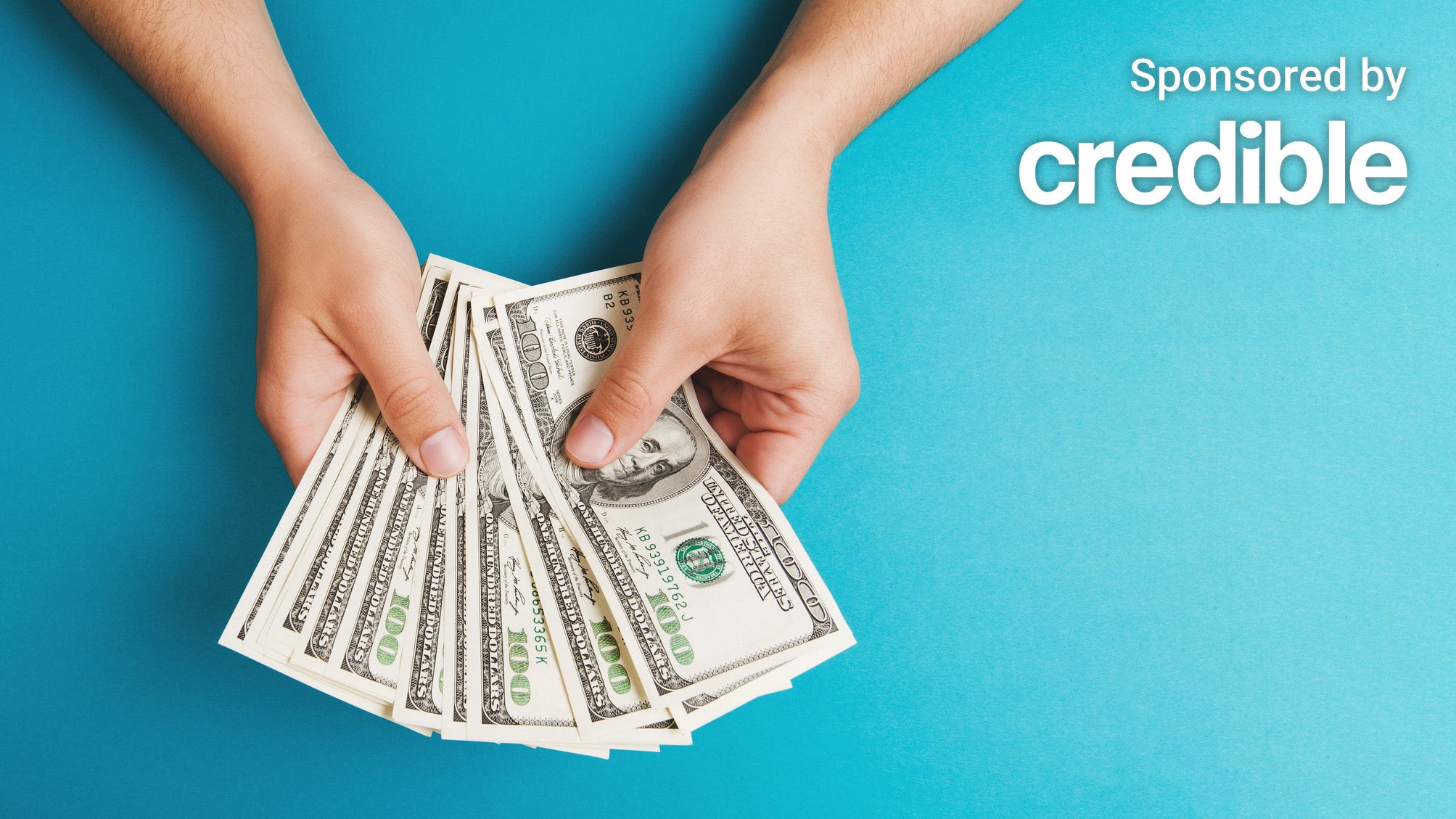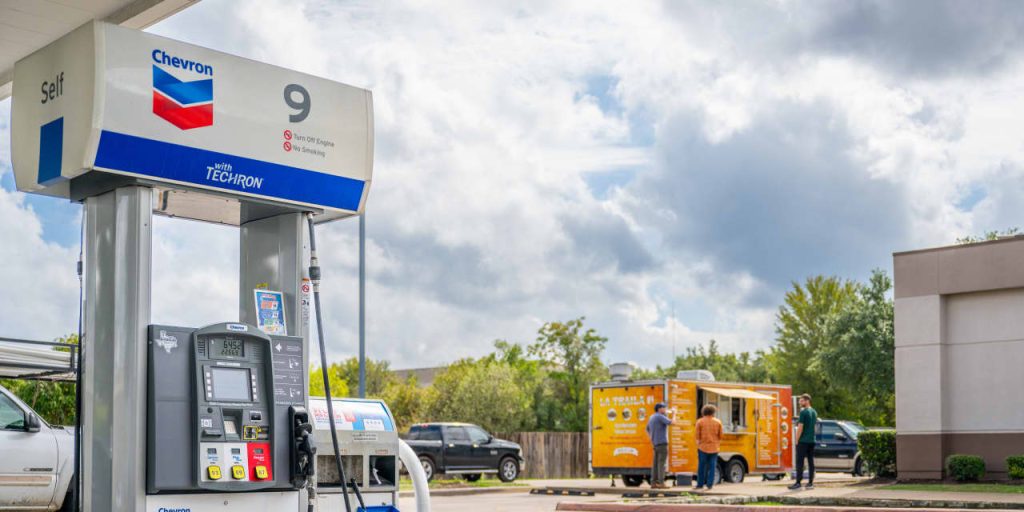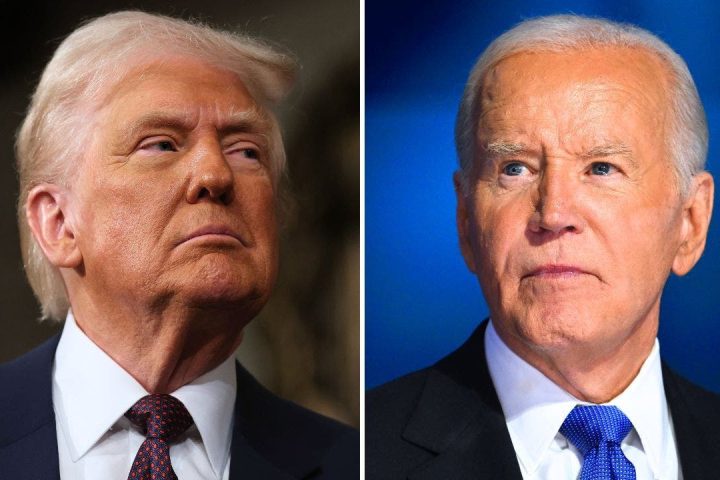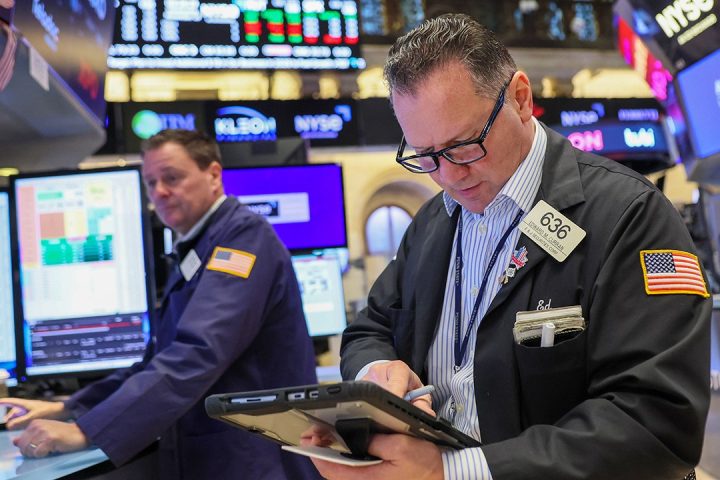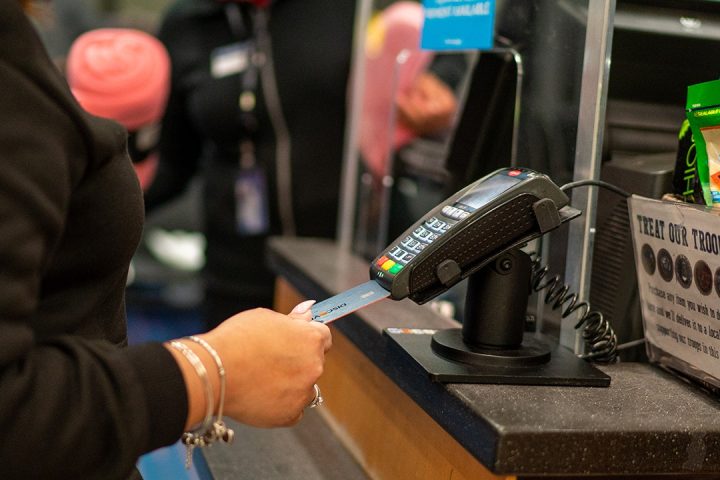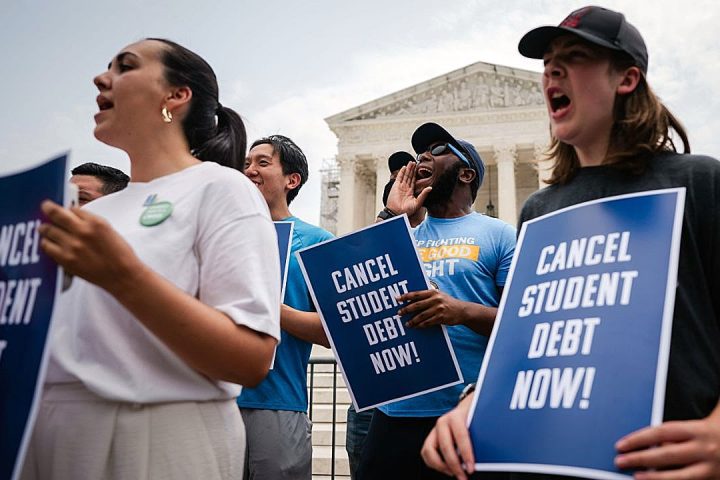Millions of borrowers have missed student loan payments since the October restart and about 1 in 10 are refusing to pay in the hopes it will pressure the government to cancel their outstanding debt, a recent survey said.
Six in 10 student loan borrowers have missed payments after a 42-month payment pause ended in October, the Intelligent.com survey said. Twenty-five percent have not made one payment since repayments resumed three months ago.
Over one-third (36%) of borrowers who haven’t made any payment said they planned to resume as soon as possible, with the same number saying they are unsure when they’ll resume payments. Another 12% of these borrowers said they are using the Biden administration’s ‘on-ramp’ to student loan repayment, in which borrowers won’t face penalties like having missed payments reported to credit bureaus until September 2024.
While most borrowers have missed payments because they can’t afford them, 9% have boycotted payments to pressure the government into student debt cancelation. Most of these borrowers hope their efforts will bring attention to the student loan debt conversation. However, borrowers who are intentionally missing student loan payments may be putting their credit at risk, according to Jake Hill, founder and CEO of DebtHammer.
“Although the frustration behind the student loan boycott is understandable, it’s unlikely to lead to positive change,” Hill said in a statement. “Instead, it will destroy the credit scores of those who choose to participate. This may not seem like a major issue in the short term, but failing to pay your student loans can make it more difficult to obtain funding for future purchases. For example, if you default on your student loans, you’ll be unable to obtain most mortgages, which will derail any plans you have to purchase a home.”
If you’re having trouble making payments on your private student loans, you won’t benefit from federal relief. You could consider refinancing your loans for a lower interest rate to lower your monthly payments. Visit Credible to get your personalized rate in minutes.
BUY A HOME IN THESE STATES TO GET STUDENT LOAN DEBT RELIEF
Resuming payments is a challenge for most
The restart of student loan payments has been hard on 94% of borrowers who have met all or some of the monthly obligations, the survey said. Over half (58%) of those borrowers have had to trim spending on entertainment, leisure and hobbies. Fifty-two percent are working more hours at their primary job or have picked up a side gig to afford the extra costs.
Moreover, 42% of student borrowers said they’ve delayed plans to make big purchases like buying a home or car because of student loans. Another 39% are saving less in general savings accounts or retirement funds and the same have reduced spending on household essentials like groceries and utilities.
“I understand many people are facing challenges as the student loan repayment pause has ended,” Andy Chang, founder of The Credit Review said in the statement. “However, even before somebody’s credit score is affected in 2024, it’s vital to make payments if at all possible to avoid falling into debt distress longer-term. Missing payments can significantly hurt the borrower’s finances by raising the total interest paid and extending the repayment term.”
If you have private student loans, you won’t benefit from any of the various government initiatives designed to offer federal student loan relief. You could consider reducing your monthly payments by refinancing your loans for a lower rate. Visit Credible to get your personalized rate in minutes.
HOMEOWNERS COULD SAVE TENS OF THOUSANDS IN DAMAGES BY USING SMART DEVICES
Millions of borrowers have had debt forgiven
Nearly half of all borrowers (48%) struggling to meet their student debt payments don’t know about the income-driven repayment options, such as the Saving on a Valuable Education (SAVE) plan that could help lower their monthly obligations, the survey said.
“Borrowers grappling with student loan repayments should explore income-driven plans, loan forgiveness programs, and loan consolidation as possible strategies for managing their debts,” Eric Eng, founder and CEO of AdmissionsSight said in a statement. “Income-driven repayment plans, which align monthly payments with income level, might provide a more feasible payment amount.”
As many as 6.9 million borrowers have already enrolled in the SAVE Plan as of early January, with more than 3.5 million receiving at least $130 billion in student loan relief. Starting next month, borrowers with as few as 10 years of payments who initially took out $12,000 or less for college will have their remaining debts zeroed. Borrowers must be enrolled in the Saving on Valuable Education (SAVE) plan to qualify.
Borrowers who attend community colleges will be most impacted since these students typically borrow smaller amounts. The department estimates that the SAVE Plan will make 85% of future community college borrowers debt-free within 10 years.
If you’re struggling to afford your private student loan payments, refinancing may help. You may be able to get lower interest payments on your loan, which may reduce your monthly payment obligation. An online tool like Credible can be handy for comparing student loan refinancing rates from multiple lenders.
MORTGAGE LOAN LIMIT RISES ABOVE $1.1M AS HOME PRICES SURGE
Have a finance-related question, but don’t know who to ask? Email The Credible Money Expert at [email protected] and your question might be answered by Credible in our Money Expert column.
Read the full article here
